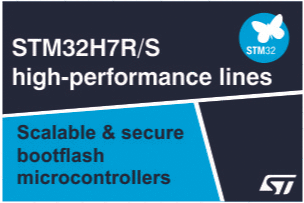Summary
Experimental Understanding about I/O
Counters/Timers and Interrupts of AT89C52
The AT89C52 is a popular 8-bit microcontroller. An experimental understanding is presented by few experiments about Input/Output, Counters/Timers and Interrupts of microcontroller AT89C52. These experiments are designed and developed to understand the concepts of microcontroller AT89C52. This novel experiments are useful to clear the basic doubts of the microcontroller AT89C52. The input can be given by the switches. Large number of software based experiments can be setup on this hardware. Many projects can also be done on this hardware like, the clock, running numerical display, stopwatch, blinking display, square wave generator etc. In the present experimental setup the output can be obtain in the form of Light, Sound and an Electrical waves. The present work is useful particularly for the students and industrial learners.
This hardware module is especially designed to learn the fundamentals of the AT89C52. The output can be seen on FNDs and LEDs. The data can be entered by using four switches. The output light can be seen on FNDs and LEDs. Many companies like Renesas, Freescale, Atmel, Intel, National, Motorola, Philips, Zilog, etc. are manufacturing many models of micro-controllers. The designer can choose the company of the microcontroller and a model as per the requirement of Port pins, Timer/Counter, RAM, ROM, etc. The cost of the system is an important aspect in system design. Software written for some small practical application is enough to get stored in most of these microcontrollers. The microcontroller AT89C52 has internal EPROM, RAM, Decoder, Ports, Timer
/Counter etc.
This circuit is designed and developed particularly for the educational purpose. By these experiments, the students can understand microcontroller fundamentals and its applications. The AT89C52 has four ports. Here Port-0 and Port-2 are used to illuminate 6-FNDs and 2-LEDs. Common anode type LT542 FNDs are used. The single FND can be activated by providing low logic on its corresponding Port pin of Port-0 and its corresponding special code on Port-2. When low logic is given at the base of PNP transistor BC557 through 10KΩ resistor, then the transistor comes into saturation. The saturated transistor provides
+5 volt at the anode of its corresponding FND. Fig.-2 shows the P.C.B. layout and Fig.-3 shows the Component Layout. All straight line segments in the overlay layer show the jumper wires in the P.C.B. and other shapes show the dimensions of the components.









